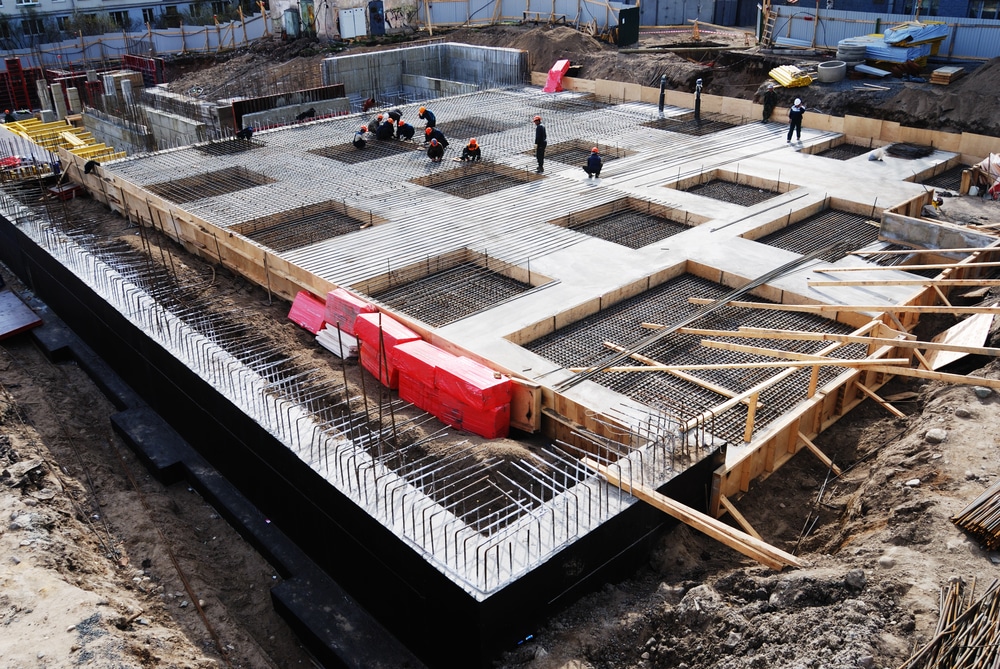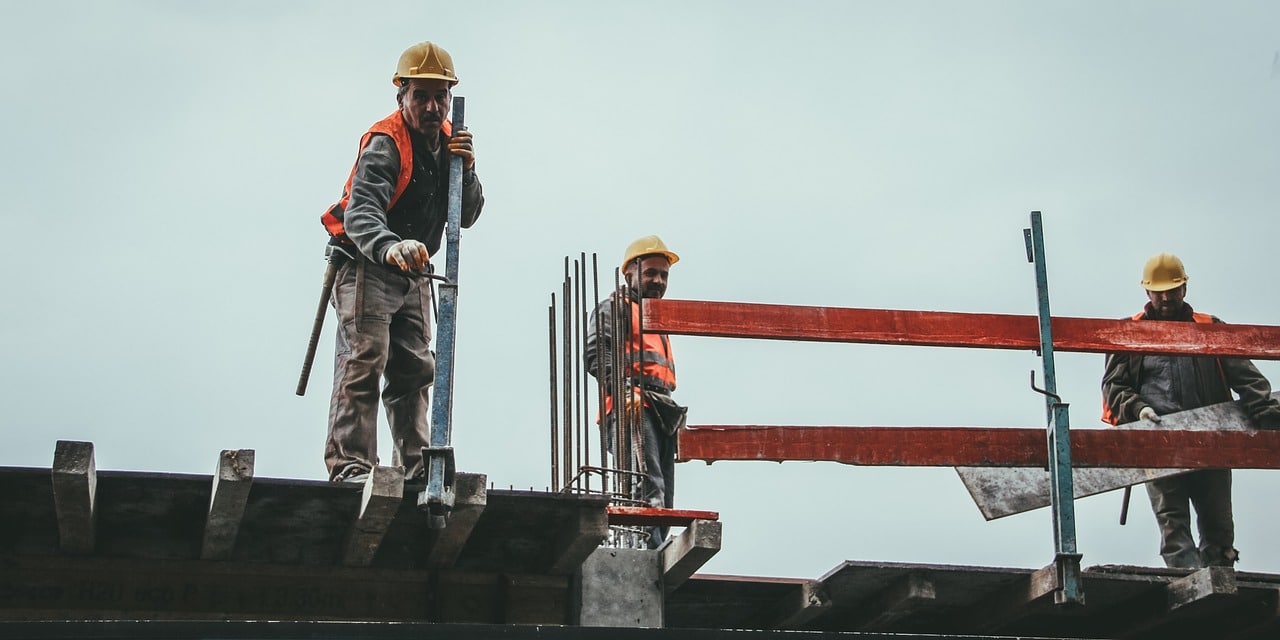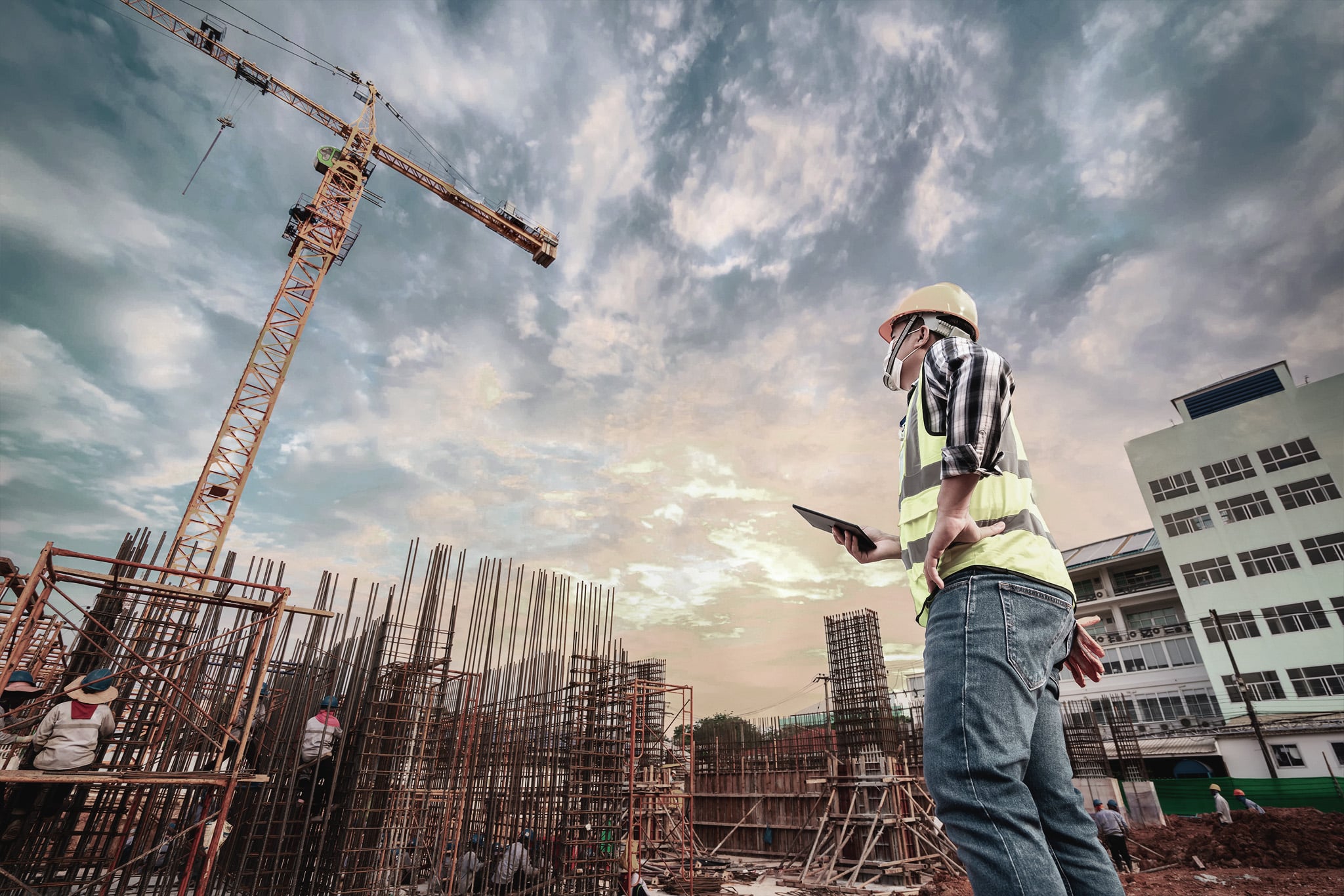What is onsite construction?
Onsite construction covers a wide spectrum of work in the field. As a rule, it lies in the centre of every project and refers to all activities that should be completed on the job site such as onsite construction, maintenance and property management.
But working on a construction project is never easy. A vast number of stakeholders and project agents are involved in order to complete all the necessary tasks on time and within budget.
Depending on their role in the project and their specialisation, they are responsible for different types of construction work with different timelines and obligations. Normally, the progress of these tasks is closely tied together to the completion of other onsite activities.
In other words, the onsite construction process is a chain of different tasks and responsibilities which should be followed with great precision in order for the project to be delivered according to the plan.
For this to happen, it is vital that there is a strong connection between the job site and the office. In any other case, the planning and development of both offsite and onsite construction will eventually collapse.
With that in mind, it quickly becomes understandable that from the client to the subcontractor, the various stakeholders need a standardised approach which will ensure a faster communication process and will increase trust between the different parties in order to manage site activities more efficiently.
On top of that, the capturing and scientific analysis of data, in a standardised manner, will allow companies to learn from their mistakes and predict issues ahead of time.
Onsite construction services
Before we dive into more details regarding the changes that digital technologies have brought -or are about to bring- to the construction process, let’s have a quick look at the most important onsite construction services:
Onsite construction and engineering
First things first, the actual onsite construction process. It includes a number of different tasks which are connected both to the design and the build phase. The selection and acquisition (or rental) of the equipment is also an essential part of this process.
In a sentence, everything at this stage focuses on the successful delivery of the project and in conjunction with the client’s goals for quality, schedule, cost and safety.
Property management
Onsite property management can be extremely critical for clients especially in cases where they need to monitor the development of the onsite construction process across a number of properties and projects.
Without proper monitoring, operational costs can increase exponentially while serious delays might arise as a result of poor communication and lack of collaboration between the various project agents.
Maintenance
Once the built structure is completed, another circle of onsite construction services is about to begin. Property maintenance is tremendously important for both improving and increasing the lifecycle of a building in the long run.
Read more: Construction daily logs – A comprehensive guide
In addition, it can also have a positive effect on the quality of life for those who either live or work in the building.
It goes without saying that maintenance is also a very demanding onsite construction activity which requires good coordination, continuous collaboration and careful planning.
Onsite construction management: Before vs now
The construction industry is at the moment under a meaningful paradigm shift in its effort to leave pen and paper behind and embrace a more digital and data-driven approach. However, there’s still a long way to go as some components of the industry remain resistant to change.
Of course, this reflects also to the construction industry where many times the efficiency of onsite construction management can be a burning issue.
Traditional onsite construction
Starting from traditional onsite construction, it doesn’t take much to understand that due to the complexity of a construction project things can go wrong very fast. In this case, traditional onsite processes are done with pen and paper which often makes collaboration extremely difficult and has a serious impact on the reporting process.
More analytically, project managers need to spend most of their day on the field as they are responsible for the execution of the 3-6 week planning of building the project. The slightest mistake, during that process, can result in significant delays and budget overruns.
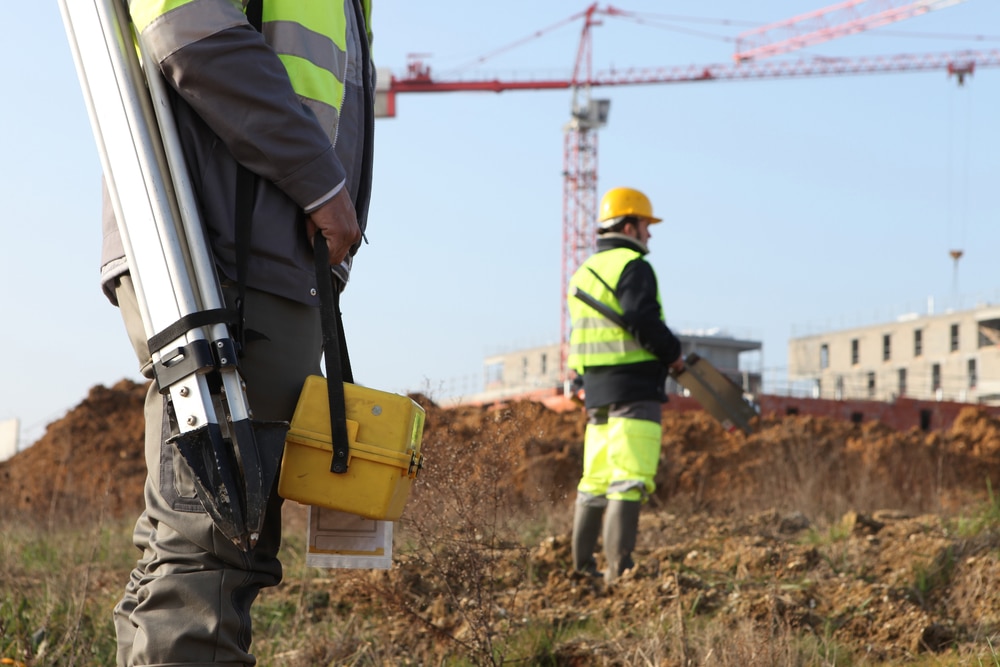
That’s why project managers need to collect as much information as possible to hold subcontractors and their own teams accountable for the tasks assigned to them. This includes a plethora of onsite activities related to planning, onsite follow up and health and safety.
By now, it’s clear that onsite construction management is an extremely demanding process. It comes with a huge mental and administrative burden and can eventually lead a project to failure if the people in charge are proved to be ineffective in the operational execution of the 3-6 week planning.
Best practices for onsite construction
This is where a more digital approach to onsite construction management could play a decisive role. Otherwise, keeping track of all day-to-day activities without being overwhelmed is virtually impossible.
The digitalisation of the traditional pen and paper processes could help the onsite team to centralise their data and keep everyone on the same page.
In short, digital onsite construction management could benefit a project in the following ways:
- Everyone involved is properly briefed so the 3-6 week planning is progressing, as initially agreed.
- There is a single source of truth to follow up all tasks and tackle disputes.
- Bridge the gap between the office and the field.
Like that, project managers and the team on the site can take better control of the construction process and deliver their tasks within the agreed timeframe and budget.
That’s of paramount importance if we take into account that planning lies always in the core of a construction project. Even a two-day delay on one project can lead to a 4-week delay on a different project resulting in substantial financial and time losses.
Onsite construction software: What to keep in mind
Construction software has already started to transform the way the industry operates, communicates and collects data. Nonetheless, there is still plenty of room for improvement as many people both on and off the field seem to stick to their old habits failing to realise the enormous potential that digital tools hold for the sector.
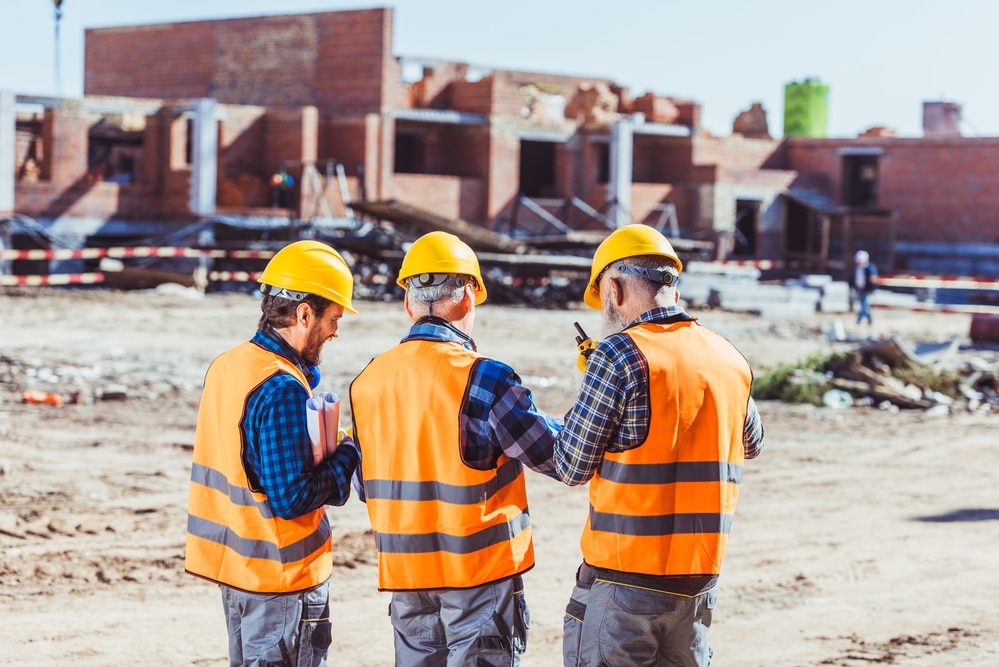
That is normally because the project teams haven’t understood the true value behind the adoption of onsite construction software. In a nutshell, here are some of the main benefits that the implementation of digital solutions could bring to the onsite construction process:
- Creating intuitive dashboards and automatic daily reports about the onsite activities.
- Reducing, or even removing, administrative burden by using one tool to streamline all key processes winning valuable time for the tasks that really matter.
- Effortless communication and collaboration on the latest documents, activities and tasks.
- Locking excel, pen and paper out of the onsite construction process. This would facilitate the team on the field to capture non-conformities, share updates in real time and exchange documents of critical importance.
- Boosting efficiency and productivity through the visual representation of a project’s status.
- Capturing and following up on QHSE process, planning issues and tasks for onsite execution.
Leveraging digitalisation to improve onsite processes seems to be the only way forward for the industry. The first and biggest obstacle to succeeding in your digital journey has to do with convincing your team to change their day-to-day working routine and embrace a more transparent and data-driven way of working.
Onsite construction software could function as a bridge between the field and the boardroom and help people on the field to work smarter and more effectively.
Onsite vs offsite construction
Onsite construction software isn’t the only force that transforms the building industry at the moment. Offsite construction is another area that has gained great momentum during the last couple of years.
The need for increased precision in terms of deadlines and budget has led stakeholders in construction to shift their attention toward prefabrication and offsite building.
The ability to design, plan and fabricate big parts of your built structure in a factory or a warehouse offers the ability to plan ahead of time and add more accuracy to the construction process.
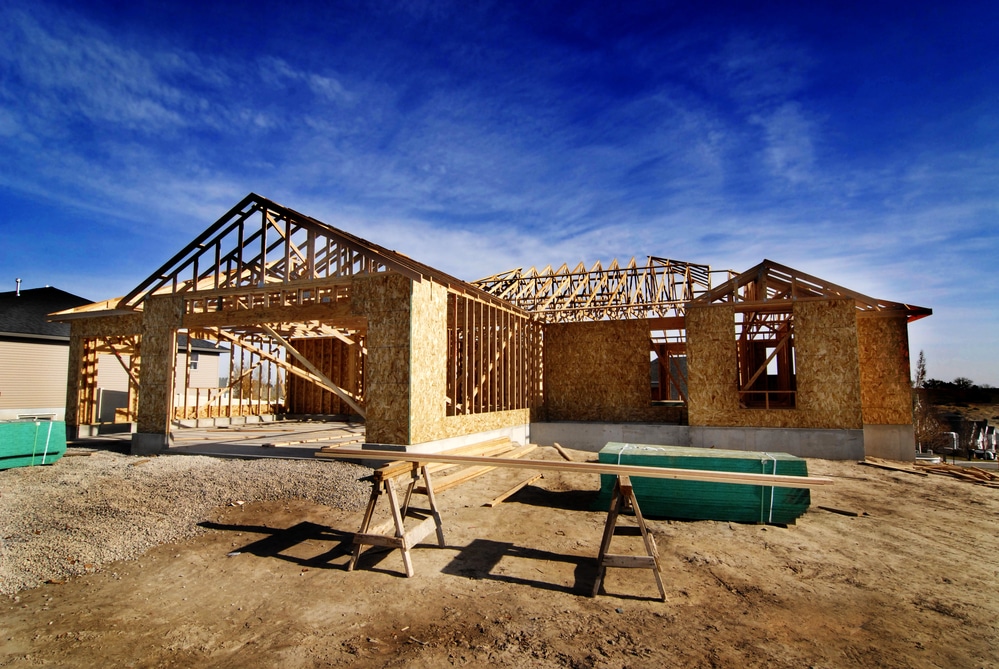
Offsite construction involves also the transportation and assembly of the building elements on the field in a much faster and safer way than the traditional onsite construction. Such a building approach can potentially be a solution to the fragmentation of the supply chain as there will be more clearly defined tasks and time schedules for everyone involved.
If we also add to the mix the severe lack of skilled labour in the sector, it quickly becomes apparent that offsite construction could turn to a priority for the sector in the years to come. This can also be proved by the fact that many global players decide to invest in offsite construction and prefabrication. Amazon is an excellent example in that direction.
In brief, some of the biggest advantages of offsite compared to onsite construction could be summed up to the following:
- Shorter circles of construction: all tasks will be developed and completed faster and in a predefined context. Unpredictable parameters, such as the weather conditions, won’t be an issue most of the time.
- Greater predictability in terms of cost will eventually result in reduced resource and budget consumption.
- Reduced material and labour needs would lead to a substantial reduction of waste.
- Fewer CO2 emissions as the transportation needs that are coming with onsite construction will be considerably reduced.
- Less site disturbance and a smoother onsite construction process.
- Increased safety for the workers on the field and more secure storing conditions for the used equipment.
Standardising the onsite construction process
Regardless of whether we refer to onsite or offsite construction, one thing is for sure. The standardisation of the building process will have a positive impact on the industry in the long run.
Even before a business starts implementing digital technology, the need for standardisation is there. Otherwise, the chosen digital tools won’t be able to make big of a difference. To the contrary, they will just add more chaos to the onsite construction process.
That’s why the implementation of a digital tool at an early stage is always highly recommended. Like that, you can ensure that your team will get the most out of its use and that all essential information will be collected and properly analysed.
Find here: The entire supply chain needs to change but the potential is enormous
Another element you need to keep in mind is that onsite construction software doesn’t need to do everything but it should be able to interact. Only then there can be a strong connection between the office and the site helping all members of the team to see the full picture and adjust the 3-6 week planning accordingly.
In a nutshell, these are the four crucial steps toward a standardised process both in onsite construction and engineering:
- Start small: Make sure that you carefully define your systems and processes from the beginning (even before you implement any digital solutions). Start small and expand as your working flow is improving.
- Monitor continuously: Once you have put all the processes in place and your project starts to develop, it’s imperative that you monitor closely everything that takes place on the field and make the necessary changes.
- Transparent reporting: Clear communication is key for a project to run according to the plan and for avoiding serious mistakes.
- Agility is key: The more agile your team is, the easier it gets to tackle project bottlenecks and to come up with fast and effective decisions.
By standardising the onsite construction process, the quality of the work on the field can be improved drastically.
As Thomas Goubau, CCO of LetsBuild points out:
‘People on site want clarity, they want these processes defined! They are sick of working from one project to another and having to start over and over again, defining new processes every time’.
Back to you
What are your experiences in onsite construction and engineering? What digital solutions have you chosen in order to streamline your processes on and offsite and what have been your results so far?
